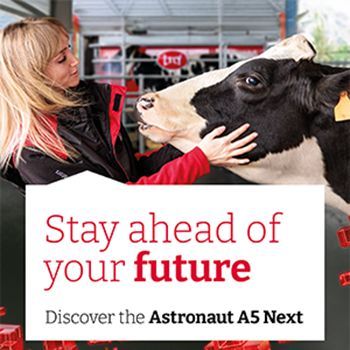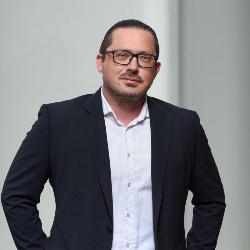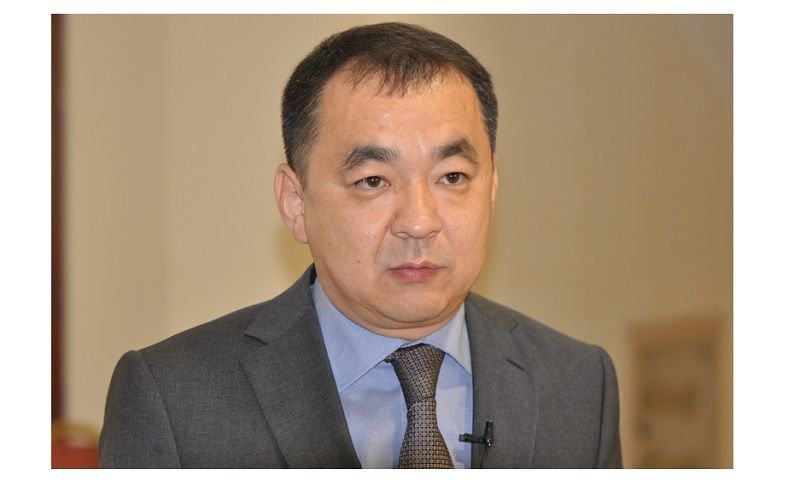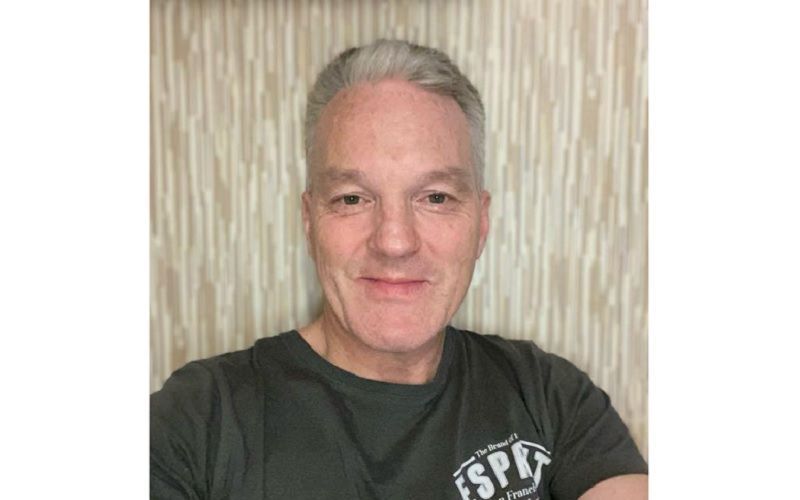"Cooperation is the Key to Stable Quality of Raw Milk and Access to Financing" – Tilek Ashimov

Tilek, could you please tell us how the Raiffeisen fund started and your role in it?
— The fund was established in 2001 as part of a project implemented jointly with the German government. The Raiffeisen cooperative association was a partner fr om the German side, and it was within this cooperation that a system of commodity-service cooperatives began to form in Kyrgyzstan.
We conducted a detailed analysis of the existing cooperative law at the time together with German experts. Based on this analysis, a project of amendments was developed, which was then discussed with cooperatives and in parliament. As a result, a new framework law was adopted, after which the focus shifted fr om legislative to practical tasks – developing and popularizing cooperative principles in real life.
The fund played an important role in the practical part of the work: initially, it acted as a guarantee fund for credit unions, helping them secure loans fr om financial institutions. Later, the fund provided credit unions with financing to acquire a stake in a specialized financial company that then directly financed the working capital of commodity-service cooperatives. I have been involved in this fund fr om the very beginning, first as one of the initiators and later as the chairman of the board.
How is milk production organized in Kyrgyzstan?
— Approximately two million tons of milk are produced annually in Kyrgyzstan, and the bulk of this volume is produced on family farms. These are very small farms: in most cases, there are 10–20 cows in one farm. This structure makes the issue of uniting producers and implementing cooperative models extremely important, as fragmented small-scale production complicates standardization of quality and access to investments.
The problem is that the quality of raw milk varies significantly from farm to farm. And if a processor receives a mix of good and bad milk, they are forced to either spend additional resources to improve the raw material or pay less for the product. That is why we focused on encouraging quality: about five years ago, we launched a program with one of the plants, "Bishkeksut," wh ere the plant set a fixed price for a year, but it depended on the quality of the milk. This served as a powerful incentive: farmers who began supplying quality milk received significantly higher prices, and processors started competing for them.
Within this program, we financed farmers to purchase milking machines and helped organize milk collection points, which were then installed in various parts of the country. Especially successful practices emerged in the Chuy region: several family farms there modernized their facilities, installed milking systems and coolers, and their milk gained the status of "farm milk," demanded by processors. This allowed farmers to earn higher profits, and the model began to scale.
However, there are still a number of challenges: not everyone can immediately invest in building modern barns, good genetics, or equipment; there is a need for accessible financing and a mechanism for collective collaboration.
In which regions is the main volume of milk concentrated?
— There are three main dairy regions in Kyrgyzstan: Issyk-Kul, Chuy (including the surroundings of Bishkek), and Talas. In the Chuy region, we managed to implement several comprehensive projects: we supported a number of farms, helped renovate their facilities, financed equipment, and set up milking systems. There was a farm that independently built a facility and then sought support; we, together with experts, refined the construction, installed a milking line and coolers, and today processors are lining up for the milk and paying a good price for it.
Such successful farms in the Chuy region have become about ten, and their milk is perceived as farm milk. It is more homogeneous in quality and taste, which reduces costs for processors to bring quality up to standards. This is a clear example of how investing in quality and organizing milk collection has a positive effect on the entire chain.
You mentioned the existing problem of mixing milk of different qualities to achieve something average. How does cooperation help solve this issue?
— The key idea is the unification of producers and standardization of processes. If we have a network of collection points and a cooperative responsible for reception, cold storage, and primary laboratory control, we can avoid situations wh ere high-quality milk is mixed with lower-quality milk. The cooperative model provides infrastructure, transparent rules, and collective responsibility. If the focus is on cooperation, farmers will be motivated to invest in quality, knowing they will receive a premium for their product, and access to financing will be more orderly.
We have looked at the experience of different countries and see good examples in both Europe and the Russian Federation, wh ere cooperative principles have been successfully applied. This direction is now considered a priority.
Can cooperatives solve the issue of access to financing for small farmers?
— For a financial institution, it is much easier to work with a united structure wh ere rights, responsibilities, and risk management mechanisms are clearly defined. When farmers act individually, banks require complex collateral procedures, evaluations, document processing – this takes time and resources away fr om the farmer. The farmer is better off doing what he is a professional at – production.
The cooperative allows for the centralization of financial processes: risk assessment, collateral provision, leasing applications, etc. – all of this becomes simpler and cheaper for participants.
Which international partners are currently important for Kyrgyzstan and what projects are you focusing on?
— Germany has played an important role in our projects: bilateral programs, technical support, supply of equipment and feeds from German companies. These connections are largely due to the diaspora – many Kyrgyz people lived and worked in Germany, creating a channel of interaction.
Currently, China is also actively increasing its presence in the agricultural sector in the region. The global picture is interesting. In some countries (for example, China), there is an overproduction of raw milk, while in Kazakhstan and Uzbekistan, there is a shortage. This leads to dynamics of subsidies and the creation of large farms in neighboring countries, wh ere authorities provide preferential loans and subsidies. We do not yet have such large-scale measures, and this affects competitiveness.
International financial institutions (World Bank, Asian Development Bank) are also present in the region, but access to their resources for small farmers is difficult: requirements for the "green agenda," reporting, transparency can be hard to implement at the level of a small farm.
How is milk processing going in Kyrgyzstan?
— Processing, in general, has potential, we have the capacity. Some plants have undergone modernization and are equipped at a decent level: "Bishkeksut," "Umut & Co," "Ak-Sut" are examples of plants that have updated their lines and are now producing products competitive in several markets, including Kazakhstan. In Almaty, our processors are well represented and have a good reputation: Kyrgyz milk and dairy products are valued there for their taste and quality.
However, the key problem remains in raw materials: instability in quality forces processors to spend additional resources to bring milk up to standard. Once we even out the quality through cooperatives, standardization, and investments in primary processing, processing can develop faster, and export opportunities can expand.
How realistic is it to introduce environmental standards and "green footprint" requirements in the Central Asian region?
— International financial institutions are tightening requirements, and many programs indeed include the condition of meeting certain environmental criteria. However, in practice, this is often too difficult for small farmers: they lack the resources and knowledge to fully comply. Moreover, in extreme situations, a farmer is more concerned with saving the animal – he will not think about whether there will be an antibiotic trace in his milk: he will give an injection to prevent the cow from dying. This creates risks for raw material quality.
Therefore, consistent work is important: educating farmers, raising awareness of best practices, developing accessible alternatives, regulatory support from the state. Without this, the transition to a "green" agenda will be difficult.
What recommendations do you give regarding genetics and productivity improvement?
— Genetics is one of the pillars of increasing yield. Today, work with genetics in Kyrgyzstan is at an early stage, and state involvement is essential: a policy on selection, training farmers in proper handling of genetic material is needed. If all this is done, we can move from 1.7–2 tons of milk per cow to progressive indicators – up to 5–7 tons, which are already present in the best farms in the region.
What topics would you like to raise at AqAltyn and what goals do you expect from participation?
— On such platforms, key topics are understanding the global and regional situation in dairy production: forecasts, trends, consumer behavior. But practical agenda is also important: implementing modern technologies, robotics, AI, developing new products (including high-protein lines), and sharing experiences.
For us, AqAltyn is an opportunity to meet with investors, partners, and experts; discuss subsidy models and government policy; establish export channels and technology exchange. We want to understand what support mechanisms work in neighboring countries and which of them can be adapted to our specifics.
Finally, how do you see the future of agro-financing in the region in 5–10 years? What changes will occur in approaches and support tools?
— I believe that the Kyrgyz model is more about medium-sized farms. The optimal model is farms with about 150–200 dairy cows. This scale allows for a combination of efficiency and manageability: it is already a serious production with economies of scale but without major complexities. This model can ensure stable milk quality and production profitability.
More information about AqAltyn - by link.
The General Partner and key engineering partner is Borte Engineering
As a leading national producer in Kazakhstan, Borte Engineering creates high-tech equipment for the food industry, confirming its quality by being included in the Register of domestic producers. The company successfully collaborates with enterprises throughout Central Asia, strengthening the regional economy.
The Innovative Partner is DeLaval
Altyn sponsors are Alfa L Service, MB-System
Qola sponsors are Tetra Pak, TOO Clever Machines
SPX FLOW APV | SEITAL SEPARATION
Dastarhan partner - Food Master
Partners - Dairy Union of Kazakhstan, Republican Chamber of Dairy and Combined Breeds of Cattle













